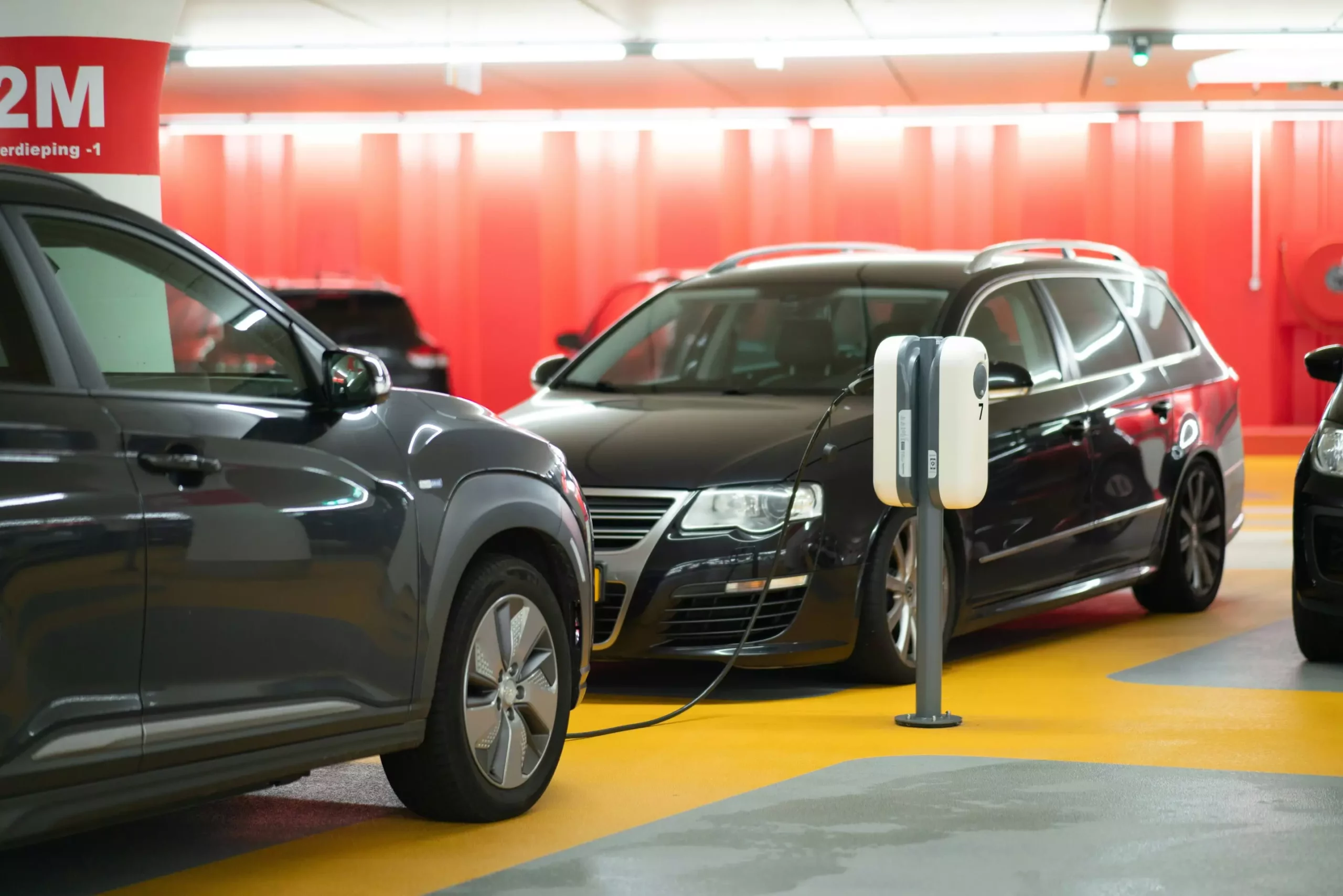In recent years, the U.S. has made significant strides to reduce its carbon footprint, particularly through stringent targets aimed at decreasing vehicle emissions. The current goal is ambitious: reduce these emissions by approximately 15% over the next decade. However, recent research spearheaded by a group of college scholars suggests that this target may not be achievable, primarily due to the overestimation of electric vehicle (EV) production capabilities. Although aimed at promoting sustainability, these targets appear disconnected from the practical realities of production, supply chains, and resource availability.
The research published in Nature Communications brings to the forefront the serious bottlenecks in the supply chain for essential minerals required in manufacturing electric vehicles. These minerals—predominantly graphite and cobalt—are crucial for the batteries that power EVs. The analysis indicates that to meet the emissions goal, the U.S. would need to replace over 10 million traditional internal combustion engines with electric models between now and 2032. Unfortunately, the study projects that production capacities will fall short, only managing to produce about 5 million EVs within the same timeframe, leading to a staggering estimate of nearly 60 million additional tons of carbon dioxide emissions by 2032 if these issues are not resolved.
While the U.S. and its allies are believed to have adequate reserves of necessary minerals, it is the production capacity that presents a major obstacle. The domestic mining of graphite has notably ceased since the mid-20th century, highlighting a significant gap in the supply chain. This reality raises critical questions about U.S. national policy and industrial strategy. Dependence on foreign sources for these vital materials, particularly from nations like China, enters the conversation about national security and economic stability. The dilemma is stark: Is it better to push for lower emissions at the cost of becoming reliant on external sources for minerals?
The research team has suggested a potential alternative to reaching emissions goals: increasing the production and adoption of hybrid electric vehicles (HEVs). HEVs are less resource-intensive than their all-electric counterparts while still offering reduced tailpipe emissions. This path could be vital in easing the transition toward a greener transportation sector without solely relying on fully electric vehicles. By diversifying the types of vehicles on the market, the U.S. may find a more feasible route to meeting emissions targets.
The Implications of EV Production Strategies
As the researchers concluded, there may be alternative solutions involving a more comprehensive approach to vehicle emissions reductions. Balancing investments in both conventional hybrids and electric vehicles could facilitate the transition and mitigate some immediate resource challenges. This approach proposes a shift in the narrative surrounding EVs, creating room for policy adjustment that includes other vehicle types.
Lessons from the Research Process
Reflecting on the insights gained through this research, the team emphasized the importance of critically assessing public policy in light of realistic scenarios. These findings are not merely recommendations but are rooted in rigorous analysis, providing invaluable skills to the students involved. Exploring alternative strategies, estimating production capacities, and evaluating potential energy security concerns weave a complex fabric that ultimately shapes the future of U.S. transportation policies.
As the nation strives for ambitious climate goals, particularly in reducing vehicle emissions, a critical analysis reveals significant challenges that could impede progress. While electric vehicles represent a beacon of hope for a cleaner future, the path to their widespread adoption is fraught with obstacles that must be navigated thoughtfully. Considering alternative solutions such as hybrid vehicles and a more practical approach to resources may offer the versatility required to adapt to the realities of production capabilities while remaining committed to reducing carbon emissions. As the discourse evolves, stakeholders must weigh the fine balance between environmental aspirations and practical execution to pave the way for sustainable mobility solutions.


Leave a Reply